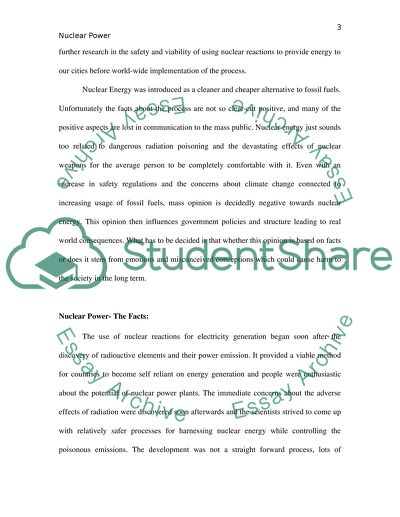Cite this document
(“Nuclear Power: Risk perceptions and Reality Essay”, n.d.)
Retrieved de https://studentshare.org/finance-accounting/1400695-the-topic-is-long-i-will-leave-it-at-the-order
Retrieved de https://studentshare.org/finance-accounting/1400695-the-topic-is-long-i-will-leave-it-at-the-order
(Nuclear Power: Risk Perceptions and Reality Essay)
https://studentshare.org/finance-accounting/1400695-the-topic-is-long-i-will-leave-it-at-the-order.
https://studentshare.org/finance-accounting/1400695-the-topic-is-long-i-will-leave-it-at-the-order.
“Nuclear Power: Risk Perceptions and Reality Essay”, n.d. https://studentshare.org/finance-accounting/1400695-the-topic-is-long-i-will-leave-it-at-the-order.


